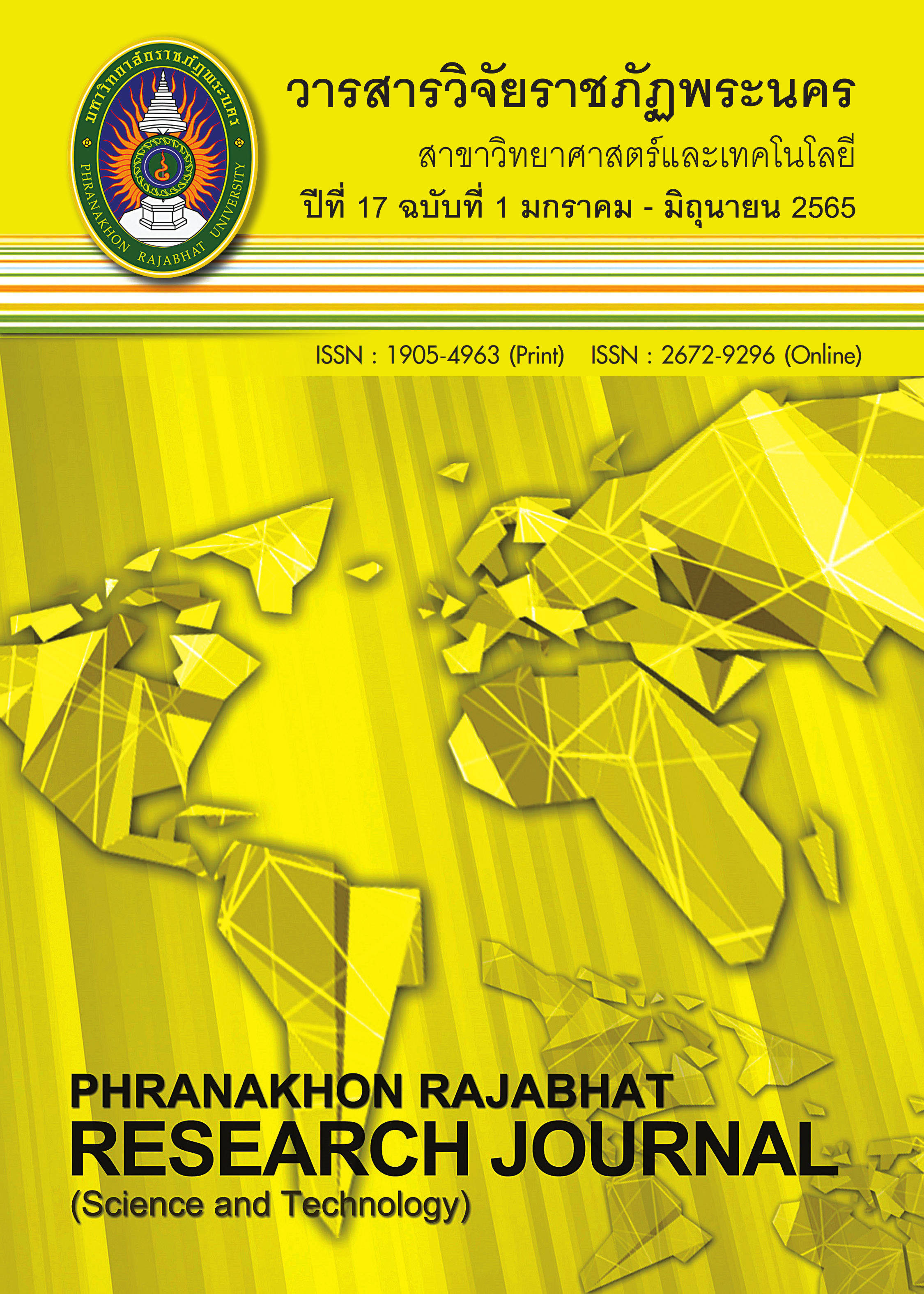Macroscopic examination and microscopic examination, antioxidant activity of Curcuma aromatica Salisb
Keywords:
Curcuma aromatica Salisb, Pharmacognostic, thin layer chromatography, Gas chromatography, DPPHAbstract
Curcuma aromatica Salisb. (Zingiberaceae) have been used in traditional Thai medicine for a long time. This study was carried out to develop the pharmacognostic specifications by qualitative content of C. aromatica Salisb. The sample was collected from the Department of Agriculture in Thailand. Macroscopic and microscopic characteristics of crude drug was illustrated. The physicochemical parameters of C. aromatica Salisb. was prelim analyzed by thin layer chromatography (TLC) using silica gel60 GF254 as stationary phase. Chloroform and methanol (9:1) were used as mobile phase. Volatile oils were extracted using steam distillation method and subjected to gas chromatographic analysis. Identification of the volatile chemical constituents were performed by Gas chromatography mass spectrometry (GC-MS) analysis. Gas Chromatography-Mass Spectrometry (GC-MS) was demonstrated the most common volatile oil was β-Curcumene in retention time at 31.25, accounting for 49.83 % of the area, followed by α-Curcumene retention time at 29.97 %, accounting for 30.48 %, respectively. It is a substance in the Curcuminoids group. The free radical scavenging potentials of the ethanolic extract of C. aromatica Salisb. was demonstrated with the IC50 of 0.207 µg/ml for DPPH and the IC50 of 0.195 µg/ml for Ascorbic acid, the IC50 of 8.460 µg/ml for BHT, the IC50 of 3.137 µg/ml for Quercetin.
References
Brand-Williams, W., Cuvelier,M.E., & Berset, C. (1995). Use of free radical method to
evaluate antioxidant activity. Lebensmittel Wissenschaft and Technologie, 28(1):25-30.
Charoenphon W., & Jirakornwong T. (2007). Preliminary study on specification of Curcuma
aromatica Salisb.: microscopic and physical characters. (Bachelor degree). Mahidol
University, Bangkok.
Department of Agriculture, (2019). Supported to plant 18 types of medicinal plants according
to GAP standards. Retrieved from https://www.kaset1009.com/th/articles/163486
, 20 Dec.]
Kukongviriyapan V., (2015). Essential Role of Antioxidant network of Vitamins and Enzymes.
Srinagarind Medical Journal, Faculty of Medicine, Khon Kaen University, 29, 16-18.
(In Thai)
Panicha, U. (2009). The effects of Alpinia galanga and Curcuma aromatica extracts containing
antioxidant phenolics on cellular melanogenesis induced by UV radiation. The Thailand
Research Fund, Bangkok
Rizwana S., Ajmal K., Sadia N., Sara K., Afsar K., Abdur R., Haji B., & Reaz U. (2015). Evaluation of
Antioxidant, Free Radical Scavenging, and Antimicrobial Activity of Quercus incana Roxb.
Front Pharmacol, 23(6), 277-283.
Shamim A., Shahid H., & Ansaria, F. (2011). Phytoconstituents from the rhizomes of Curcuma
aromatica Salisb. Journal of Saudi Chemical Society15(3), 287-290.
Sharif M., Atiqur R., Sattar M., Oliur M., & Hasan M. (2010). Essential oil composition and antioxidant
activities of Curcuma aromatica Salisb. Food and Chemical Toxicology, 48(6), 1757-
Thummatuchsana B. (1980, 18 Dec.) Aloe Vera for treatment. Moh Chao Ban, 20(3), 41-42.
(In Thai)
Downloads
Published
Issue
Section
License

This work is licensed under a Creative Commons Attribution-NonCommercial-NoDerivatives 4.0 International License.
โปรดกรอกเอกสารและลงนาม "หนังสือรับรองให้ตีพิมพ์บทความในวารสารวิจัยมหาวิทยาลัยราชภัฏพระนคร สาขาวิทยาศาสตร์และเทคโนโลยี" ก่อนการตีพิมพ์




